A firearm can be the difference between life and death in a survival situation. For personal defense, the firearm can offer a level of protection that is unparalleled by any other means of self-defense. Also, it offers you the ability to quickly and efficiently diffuse a dangerous situation, without having to engage in close one on one combat.
Many times, just the presence of a firearm can make a perpetrator re-think an attack on you or your family. When lives are at stake, you want to make sure that your firearm is functioning optimally. Even more, possessing a firearm can also help to provide quality nutrition for you and your family in a survival situation. The ability to hunt quality sources of protein can really give you an edge when it comes to fighting for basic survival.
Part of being a responsible gun owner is keeping your firearm clean, and functioning at optimal levels. A dirty firearm is unreliable, unpredictable, and unsafe for you and those around you which is why today we are going to discuss how to clean a gun. Because there are such a wide variety of firearms out there, we are going to cover the basics:
- handguns,
- hunting rifles,
- semi-automatic rifles.
For specific instructions on how to clean your particular firearm, we suggest that you obtain information directly from the manufacturer. See our reviews of the top 10 handguns to give you more firearms choices.
Cleaning a handgun
It’s extremely important to spend some time thoroughly reviewing the owner’s manual for your firearm, before you begin cleaning it. If you weren’t provided with a manual at the time of sale order one from the manufacturer or online. All firearms require disassembly before cleaning.
See also: How to Clean A Shotgun: Shotgun Maintenance 101
Before you begin, make sure that you are familiar with the structure of your firearm, the tools used for disassembly, and the recommended points for lubrication. Failure to do so could result in damage to the firearm, or injury.
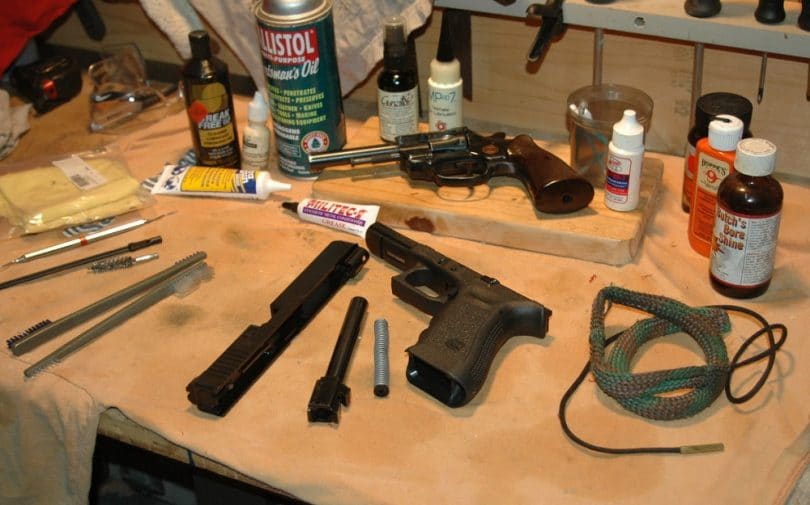
You will need a basic cleaning tool set that includes:
- solvent
- gun oil
- powder fouling
- patch holder and patches
- a bore brush
- cleaning rod
- nylon cleaning brush
- cotton swabs
- a small bore flashlight
Safety measures
Because you will be using extremely toxic chemicals and compounds, you will need to work in a well-ventilated area. Cover your work surface with a tarp, or layers of plastic bags. On top of that place a few layers of newspaper, or paper towels. This makes an absorbent surface that can be easily disposed of when you are done cleaning. Safety goggles and gloves are recommended in order to minimize your exposure to toxic chemicals.
Make sure that the gun is unloaded and pointed in a safe direction before you do anything else. So often people fail to make sure that the firearm is unloaded before cleaning, and end up with a severe or even fatal injury. Keep in mind to keep all ammo away from solvents and gun oil, as these can cause a misfire.
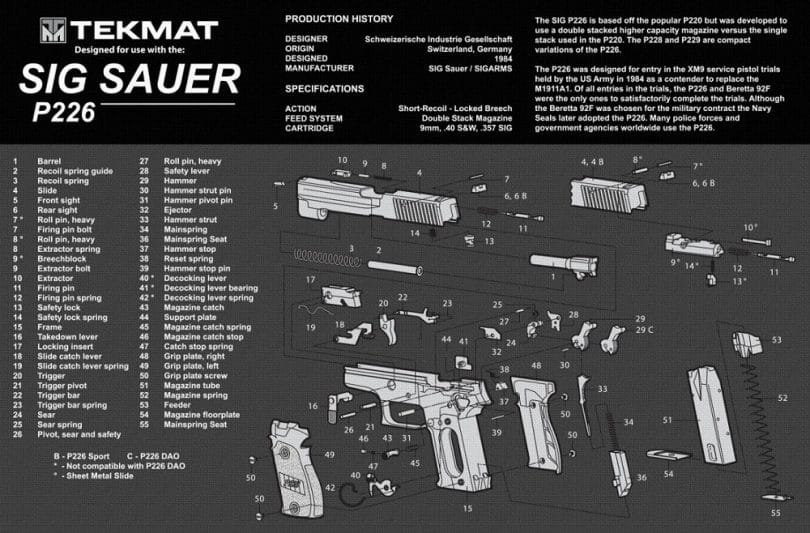
You rarely need to take a pistol all the way apart, except for repairs. For a semi-auto, the firearm is broken down to the main components, the slide, barrel, frame, guide rod, and magazine. Here is where it becomes necessary to be familiar with the basic structure of your firearm.
A single-action revolver usually only requires that the cylinder be removed from the frame while for a double-action revolver you just have to swing the cylinder into the open position. You may also need to remove the grip or grip panels as well.
Cleaning step-by-step
You will probably spend the most time cleaning the barrel of your gun because leaving a layer of residue in your barrel can corrode the rifling and reduce the firearm’s accuracy. Apply a generous amount of solvent to your bore brush, and push it back and forth through the bore. Be sure to use plenty of solvent for good results.
After you are certain that the bore is well scrubbed, remove the bore brush from the cleaning rod and add a patch holder. Run the patch through the barrel, just as you did the bore brush. The first few patches will come out pretty dirty so keep swabbing with new patches until they come out clean. Look through the bore with a light; if the inside still shows signs of residue repeat the process until the bore is clean.
Apply a small amount of gun oil to a clean patch and oil the bore (for a revolver, you would do this process for each chamber). Now, apply some solvent to a nylon brush and scrub the outer parts of the firearm. Use rags to wipe off excess solvent and residue.
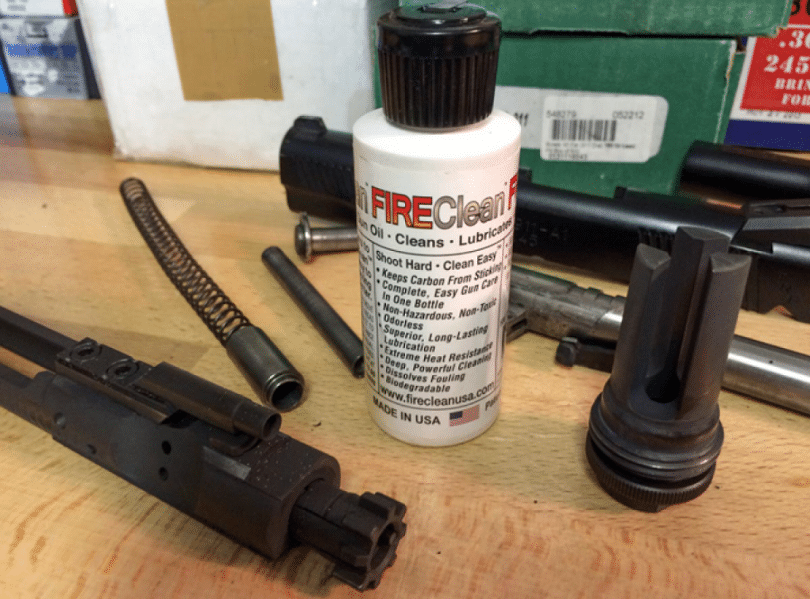
The lubrication points are different for each firearm, this is why it is important to know your owner’s manual well. Revolvers don’t require much lubrication while single-actions require oil on the cylinder pin and ratchet. Double-actions need lubricant on the ejector rod as well.
Also, make sure to not over lubricate your firearm! Too much lubrication makes it easier for gun fouling and debris to accumulate. Reassemble your firearm, and cycle the action several times in order to make sure everything is working well. This will also spread the lubricant throughout the weapon.
Basic rifle cleaning
Because there are hundreds of different rifles out there, we are going to cover cleaning a basic, bolt action rifle. For instructions on cleaning your specific firearm, review the owner’s manual, either physically, or online. This can’t be stressed enough.
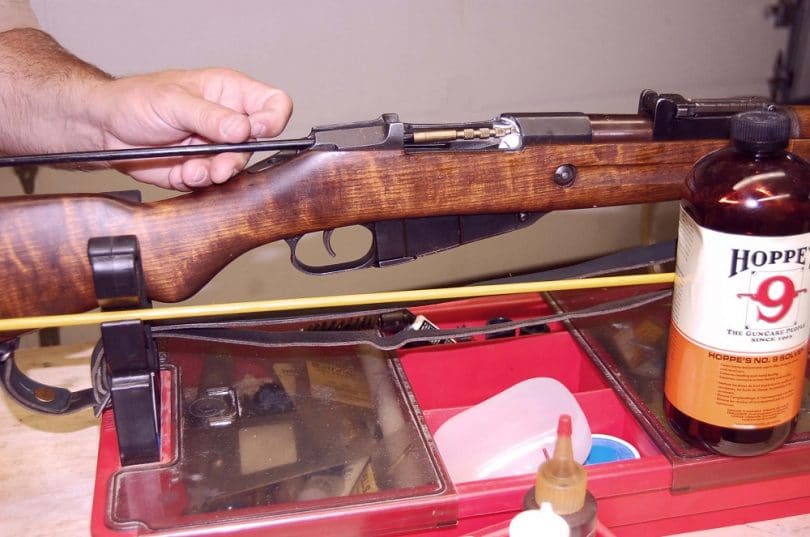
Here are some of the basics that you will need to clean your rifle:
- a way to hold the rifle in place
- screwdrivers, etc. for disassembly
- owner’s manual
- small container for parts
- basic rifle cleaning kit
- solvent
- gun oil
- gloves
- goggles
- a well-ventilated, protected area to work in, as described above
Safety measures
The first thing that you need to do is make sure the gun is unloaded. This simple ten second step can save your life, or the life of someone close to you. Visually check to be sure that the gun is not loaded!
For a quick clean, you can remove just the bolt and scope, but for a more thorough cleaning, complete takedown is necessary. This is where your owner’s manual comes in; be sure to put all of the small parts in a container so that you don’t lose any.
Put on your goggles and gloves in order to protect your eyes and skin from toxic chemicals in the solvent.
Step-by-step cleaning
Check the inside of the gun and make sure that everything looks okay, if you aren’t sure, refer to your owner’s manual. Do a quick wipe down with a soft rag or paper towel. Wipe off any visible dirt or grease. It’s a really good idea to cover the wooden stock in order to protect the finish from solvent or gun oil. Check out our reviews of the best gun oil to give you options.
Soak your cleaning pads in solvent, and run the rod through the muzzle clear through to the butt of the gun. Don’t pull the patch back through the barrel, take off the dirty patch and pull the rod back through. Repeat this process until you get most of the gunk and solids removed. Check your barrel by looking down it with a light to make sure everything is removed. You can also use a copper brush.
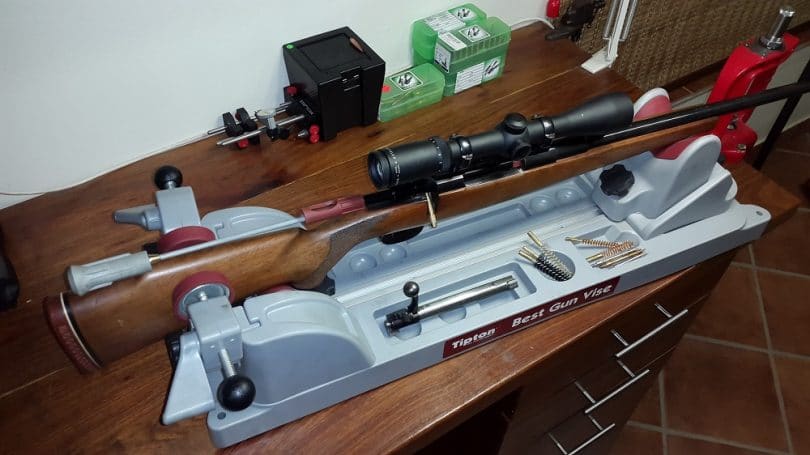
Run dry, clean patches through the barrel until they come out relatively clean. While you’re cleaning the barrel, you can either soak or spray the other metal parts with solvent. Wipe them down well after soaking. Before you soak painted parts, you’ll want to spot test them to make sure that the solvent won’t break down the finish.
Now is the time that you would put wood cleaner or treatment on the stock, if desired. Remember, that a firearm is an investment, and keeping it in the best condition possible will preserve its value greatly.
Spray all of the major parts with rust protector. Some people elect to leave this part out, but I wouldn’t. Again, you want to do everything that you can to protect your investment. Lubricate anywhere the firearm slides or rusts. Your owner’s manual can help make sure that you don’t miss a spot.
Lastly, reassemble your firearm, and do a quick rub down to give it a great shine.
Cleaning a semi-automatic rifle
Because the AR-15 is one of the most popular semi-automatic rifles out there, this is what we’ll use for our instructions. Thousands of ARs have been purchased over the last few years, most of them by people who have no idea how to safely disassemble and clean them.
As always it’s a good idea to get your hands on an owner’s manual. You can get a print copy from the manufacturer, or get one online. Every model is different, and improperly reassembling your rifle can cause injury or even death to yourself or others.
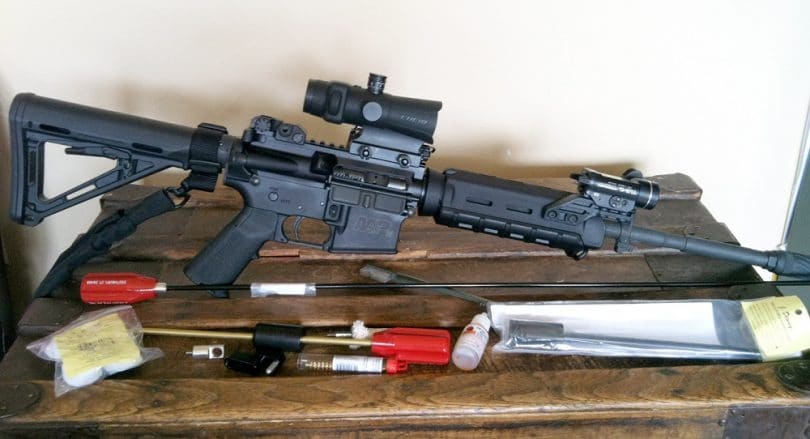
As with any firearm, prepare your work surface as described above. Make sure that you have goggles and gloves handy, as well as a container for parts.
Here are a few basic items that you will need to clean your AR:
- goggles
- gloves
- patches
- basic cleaning kit
- copper solvent
- solvent
- gun oil
- tools for disassembly ( see owner’s manual)
- clean, soft rags
Step-by-step cleaning
Remove the bolt carrier and take the bolt apart, including the firing pin and the cotter pin that holds it in. Removing the trigger mechanism and handguards isn’t necessary unless your rifle is exceptionally dirty. It’s recommended to clean the trigger mechanism, as well as the handguards before storage.
Next, spray solvent into the chamber and locking lug recesses of your rifle and let it sit for a few minutes to dissolve residue and dirt. Clean well with a chamber brush, and flush the chamber out with more solvent. When everything is all nice and shiny, dry the area with a clean, soft rag, or compressed air. Cleaning the chamber is the most tedious part of cleaning your rifle, but a quality solvent and the right tools can help make the job a whole lot easier.
If you’ve only slow fired some ammo, you probably don’t need to clean the barrel, unless you’ve used corrosive ammo. If you’ve done some rapid firing, you will have to give the barrel some serious attention. This will require a good quality solvent, and a lot of scrubbing. Begin by ramming a few solvent soaked patches down the barrel, and let the solvent sit for a few minutes. Follow up with some clean, dry patches. Apply more solvent and run a brush down the bore a few times. Follow that with solvent soaked patch, to get the loose grime out.
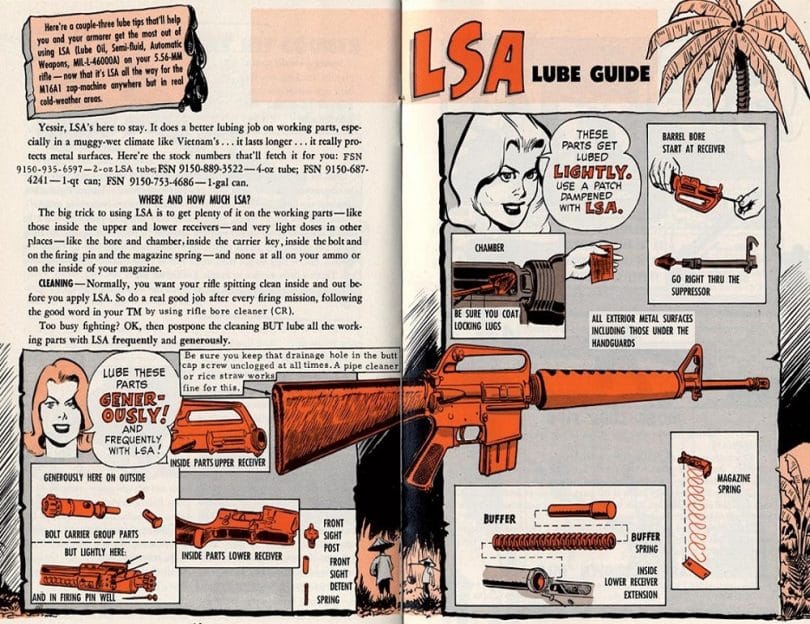
After that, ram a few patches soaked with copper solvent through the bore and let that sit awhile. Next run a few gun solvent soaked patches through the bore and check for cleanliness. The gun solvent is necessary to neutralize to copper solvent. Follow these up with some dry patches. If you plan on storing your rifle for a while, follow those with a gun oil soaked patch to protect your barrel.
You can wipe the firing pin, cam, and bolt carrier down with a rag to get them clean. After hardcore use, you will really have to scrape and scrub the bolt. Get the worst of the mess off with a scraper, and drop the rest in a tray of solvent and let it soak for a while. Scrape and scrub some more, and repeat the whole process until everything is nice and clean.
Wipe the magazine well, upper and lower receivers, and gas port down with a soft rag. Wipe the buffer assemblies and recoil rings, too. Buff the outside of the barrel with a clean rag. Apply a very light coat of oil to the rifle for protection.
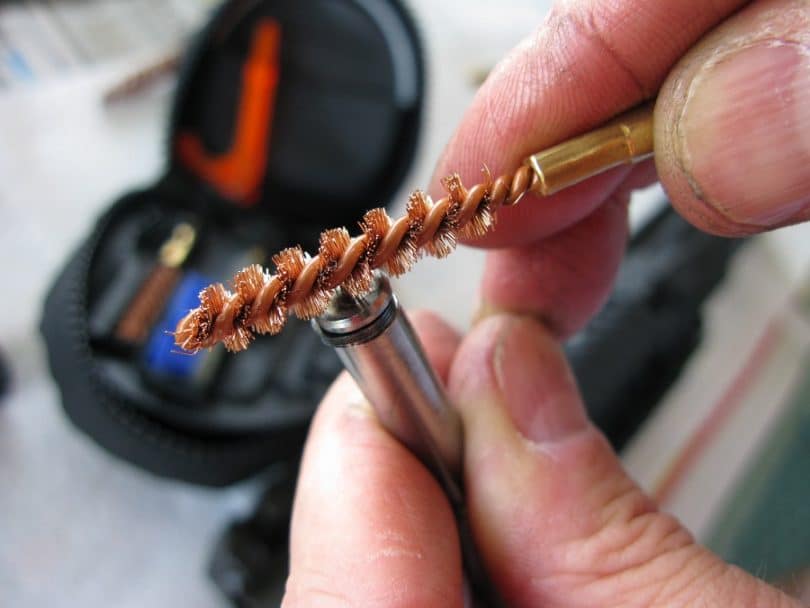
If you’ve used too much oil, or simply used your rifle a lot, you will need to scrub the trigger as well. Wipe it down, and spray with compressed air. If it needs further cleaning, disassemble and scrub it down. Again, this is not something that you’ll want to try without the owner’s manual.
Disassemble and wipe down the magazine body, spring, and follower often. A few times a year is adequate, unless your rifle has seen heavy use. To keep an AR functioning optimally, you need to keep it wet. Apply lubricant generously to the bolt body, wear points on the bolt carrier, charging handle, and cam pin. Squirt a few drops in the trigger mechanism while you’re at it.
Lastly, cycle the action through several times to circulate the lubricant, and make sure that everything is reassembled properly.
Cleaning your firearms takes just a few minutes, and will protect your investment. In a survival situation, you want your firearms in prime condition, and ready for action. These basic instructions are a great starting point to help you keep your firearms clean. Remember to consult your owner’s manual before disassembling your firearm, and if you are unsure of how to disassemble your firearm properly, have an experienced professional show you the ropes.
Lastly, never forget to make sure that your firearm is not loaded, it sounds simple, but it can be the difference between life and death. Better to be safe than sorry.



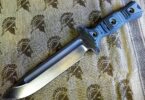
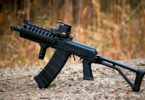

I take no small time in cleaning my weapons. It is crucial for me to have them ready to use whenever required. Sometimes it can be a tiresome task, but it is worth the effort.
If you live in a humid or moist area, you should know that using graphite to lubricate aluminum parts will cause corrosion over time. Graphite will also cause corrosion between dissimilar metals.
The most important part of owning a gun, other than firing it effectively, is knowing how to clean it and maintain its performance. It’s not a basic skill and you do need to know what you are doing to ensure that your gun fires the same way every time. Speaking of time, yes, always take your sweet time when cleaning guns.
That is absolutely true. Special care and attention should be given in these cases.